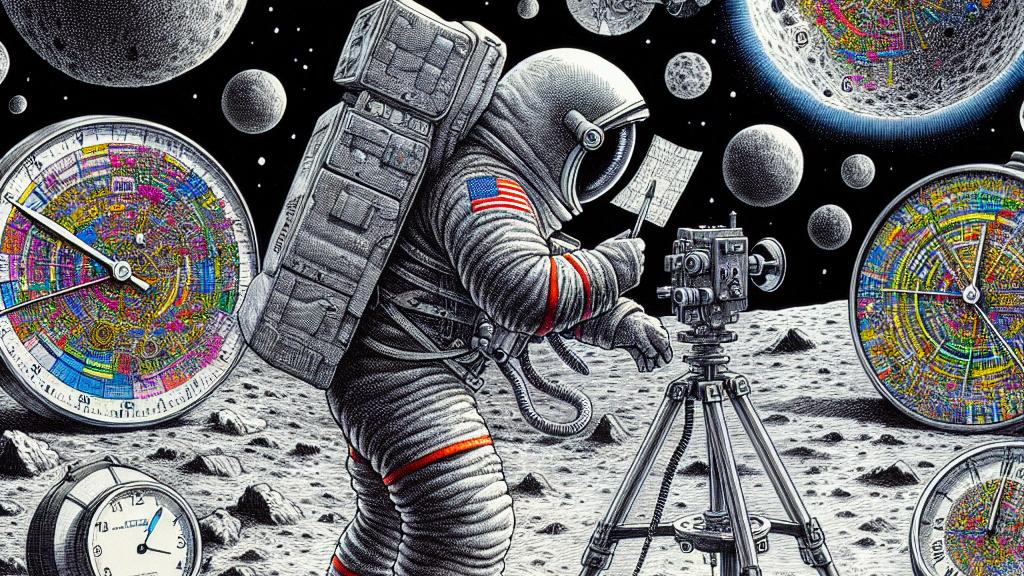NASA Innovates with Lunar Time Zone for Future Exploration
Overview
- NASA is set to revolutionize lunar travel by creating a lunar time standard crucial for upcoming missions.
- Recognizing that the moon's time passes approximately 56 microseconds faster each day than Earth's time enhances the safety and accuracy of lunar navigation.
- Establishing this standard is essential not just for current missions but also for the future of human space exploration.

Delving into Lunar Time Dynamics
In a groundbreaking move, NASA is developing a lunar time zone, an initiative that reflects our ever-expanding aspirations in space, particularly with the ambitious Artemis program. With this new 'Coordinated Lunar Time' (LTC) standard projected for completion by the end of 2026, NASA aims to create a reliable framework for lunar missions. Unlike Earth, where time is precisely monitored through atomic clocks calibrated to Coordinated Universal Time (UTC), the moon's weaker gravitational field alters time itself, causing it to elapse approximately 56 microseconds faster each day. This minor discrepancy might appear trivial at first glance; however, when compounded over days and months, it presents a monumental challenge. Consider the implications: an astronaut, convinced of their exact position, could be inadvertently hundreds of meters off course! Thus, establishing an accurate lunar timekeeping system is not just a technical requirement; it is a vital step in humanity's quest to conquer new frontiers in space.
Tackling Complex Challenges with Precision
However, creating a practical lunar time standard involves navigating an array of complex challenges. A significant point of contention lies in determining where to install these atomic clocks—should they reside permanently on the lunar surface, or should they be positioned on orbiting satellites circling above? Experts are considering utilizing at least three master clocks for precise synchrony, generating a composite time reference that can optimize navigation for future missions. It's easy to overlook the real-world implications of these decisions, but even a slight error could turn critical—if astronauts miscalculate their position by a few insignificant-seeming seconds, they could end up dramatically far from their intended destination. Picture this: an astronaut, confidently advancing towards what they believe is the spacecraft, only to find themselves dangerously detached due to timing errors. Therefore, high-precision timekeeping is undoubtedly a cornerstone of safe and successful moon missions.
Broader Horizons of Space Exploration
The establishment of a lunar time standard transcends mere technical achievement; it paves the way for the future of space exploration, setting the stage for human travel to Mars and beyond. Collaborative efforts like 'LunaNet' are designed to create an integrated communication and navigation network, significantly enhancing mission safety and efficiency. Imagine a world where interplanetary travel is not just a dream but a reality—we're moving closer to that future with each technological advancement. Moreover, as we open these celestial doors and venture deeper into the cosmos, it's crucial to remember that time is more than just numbers; it’s the key to unlocking myriad possibilities in our continued exploration of space. Every second counts, and as we seek to establish a lasting human presence in the universe, dependable timekeeping will play an integral role in our journey among the stars.

Loading...